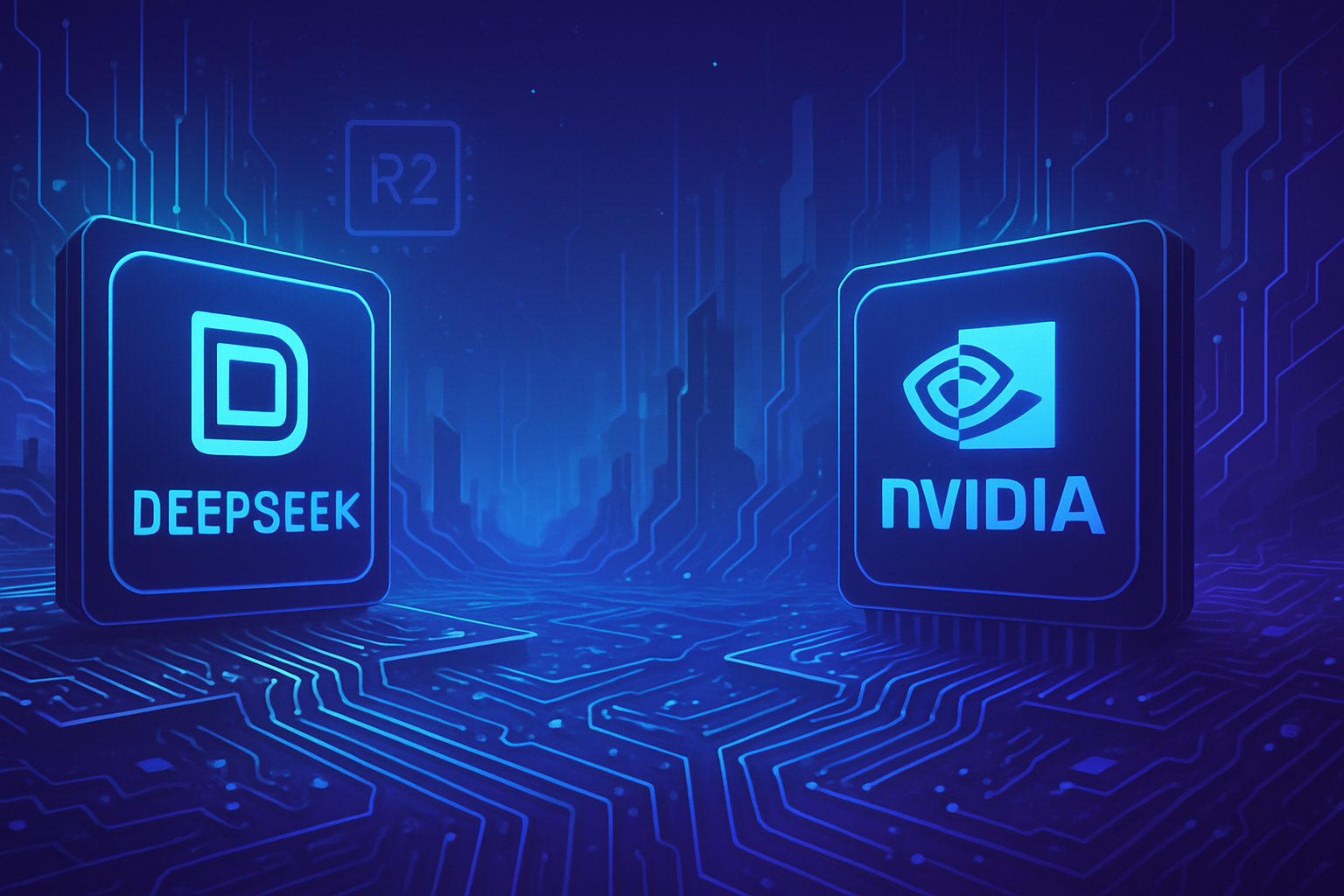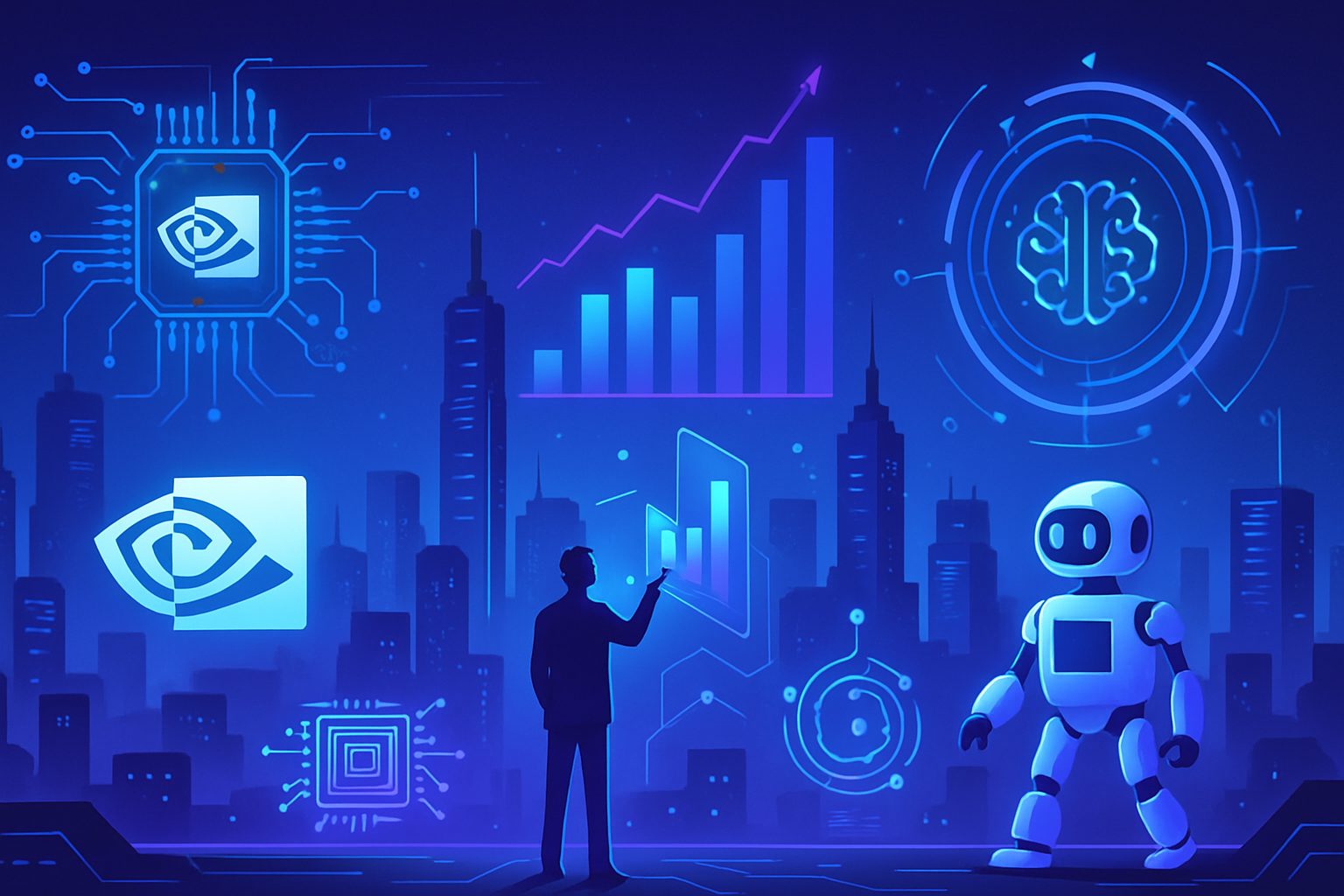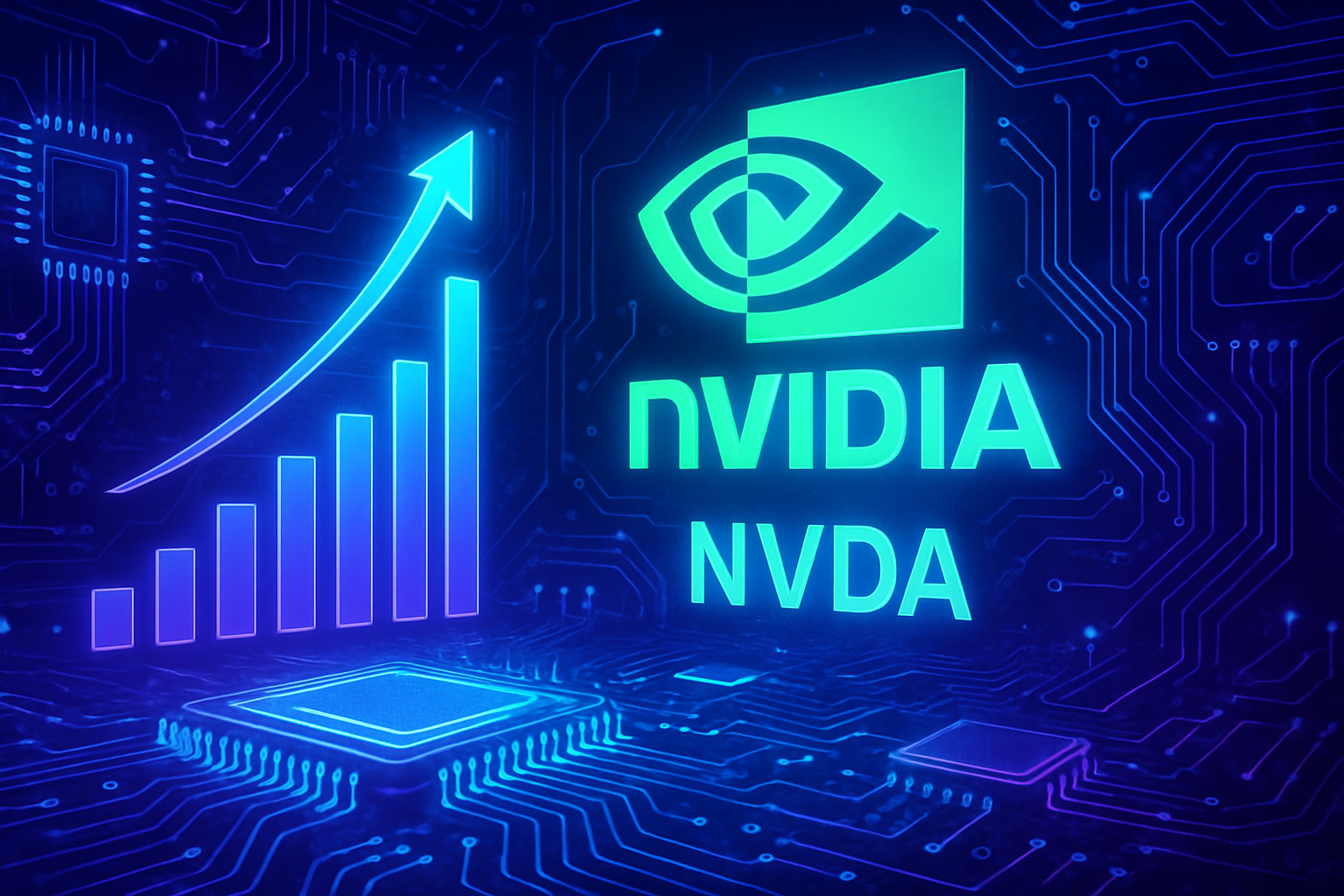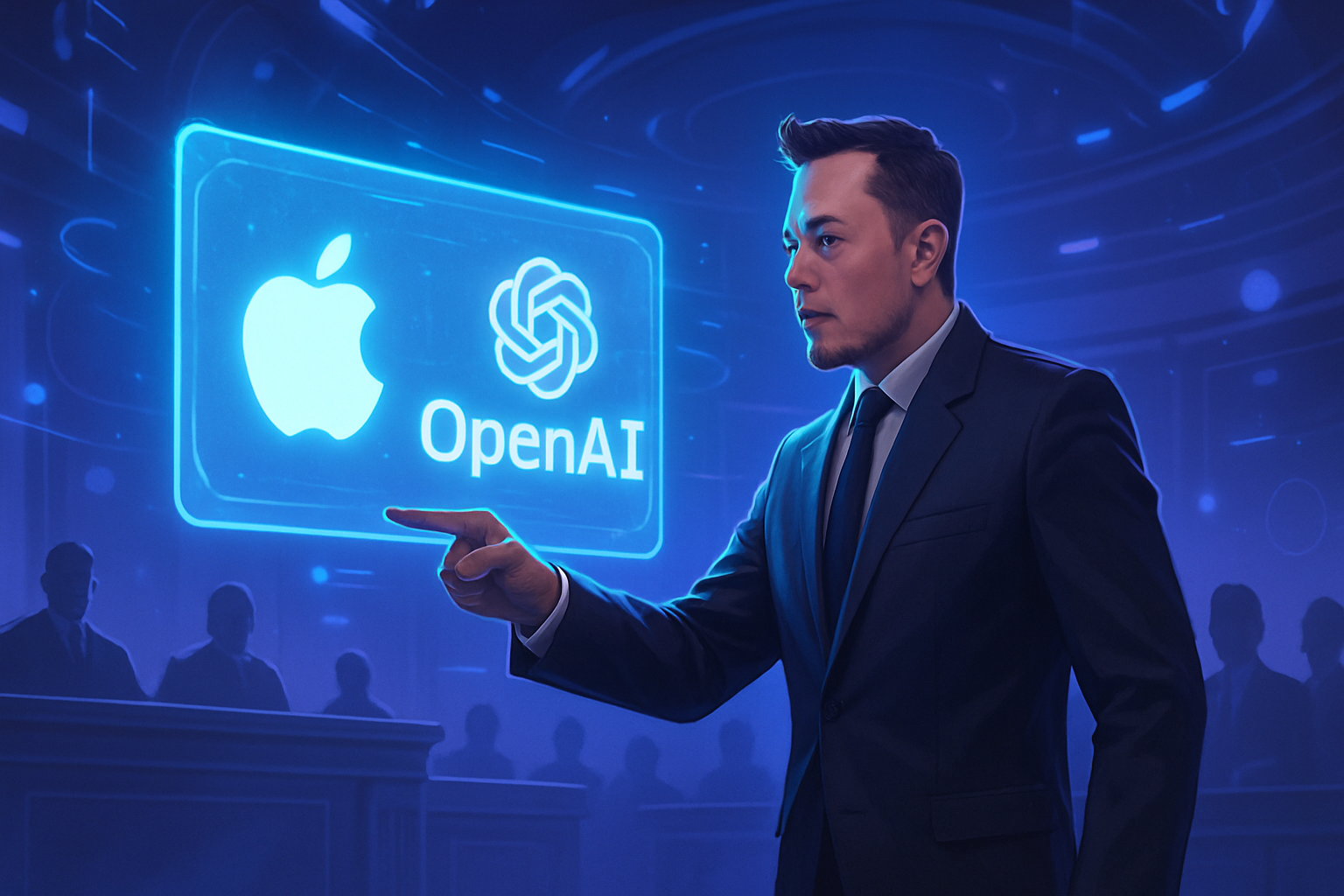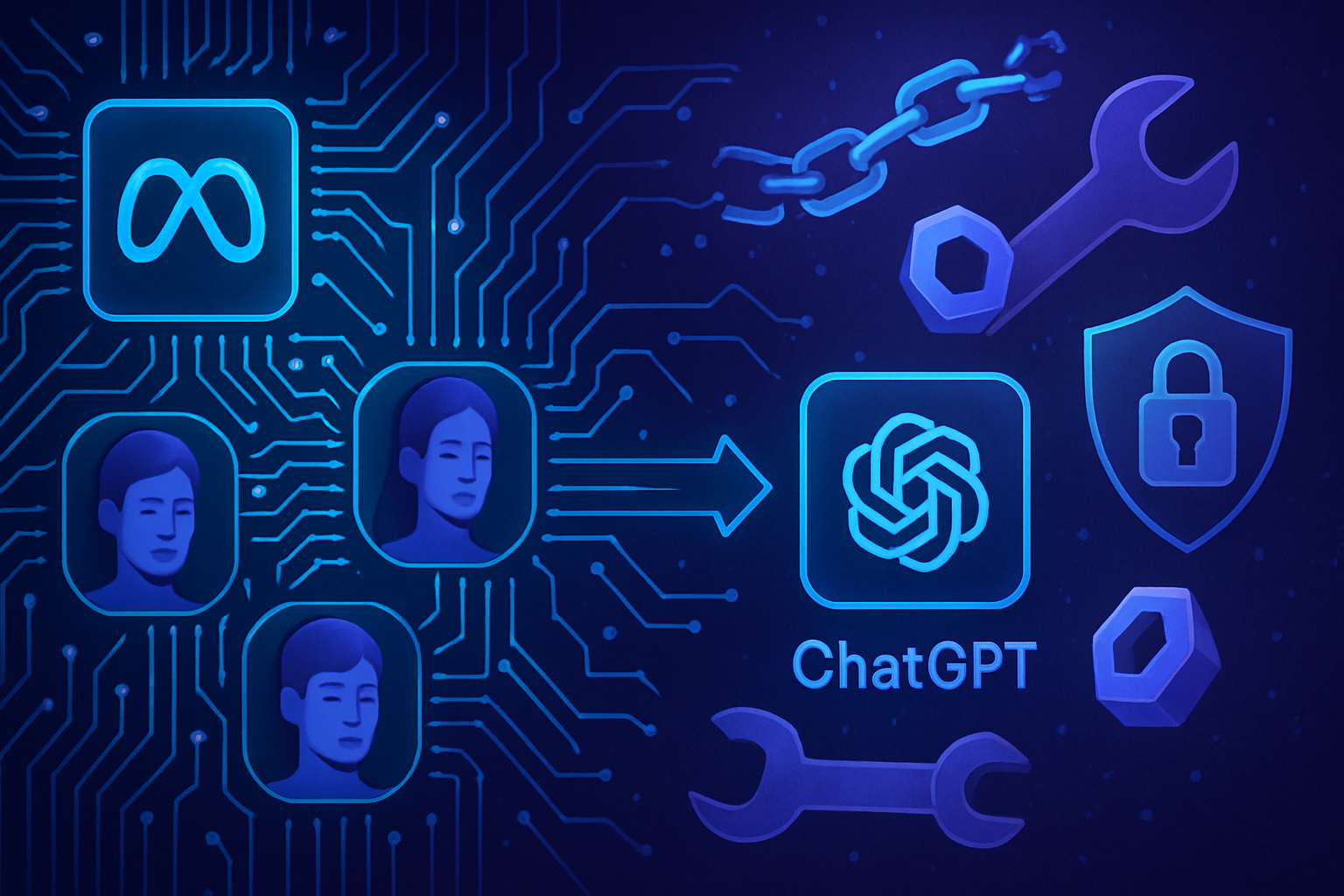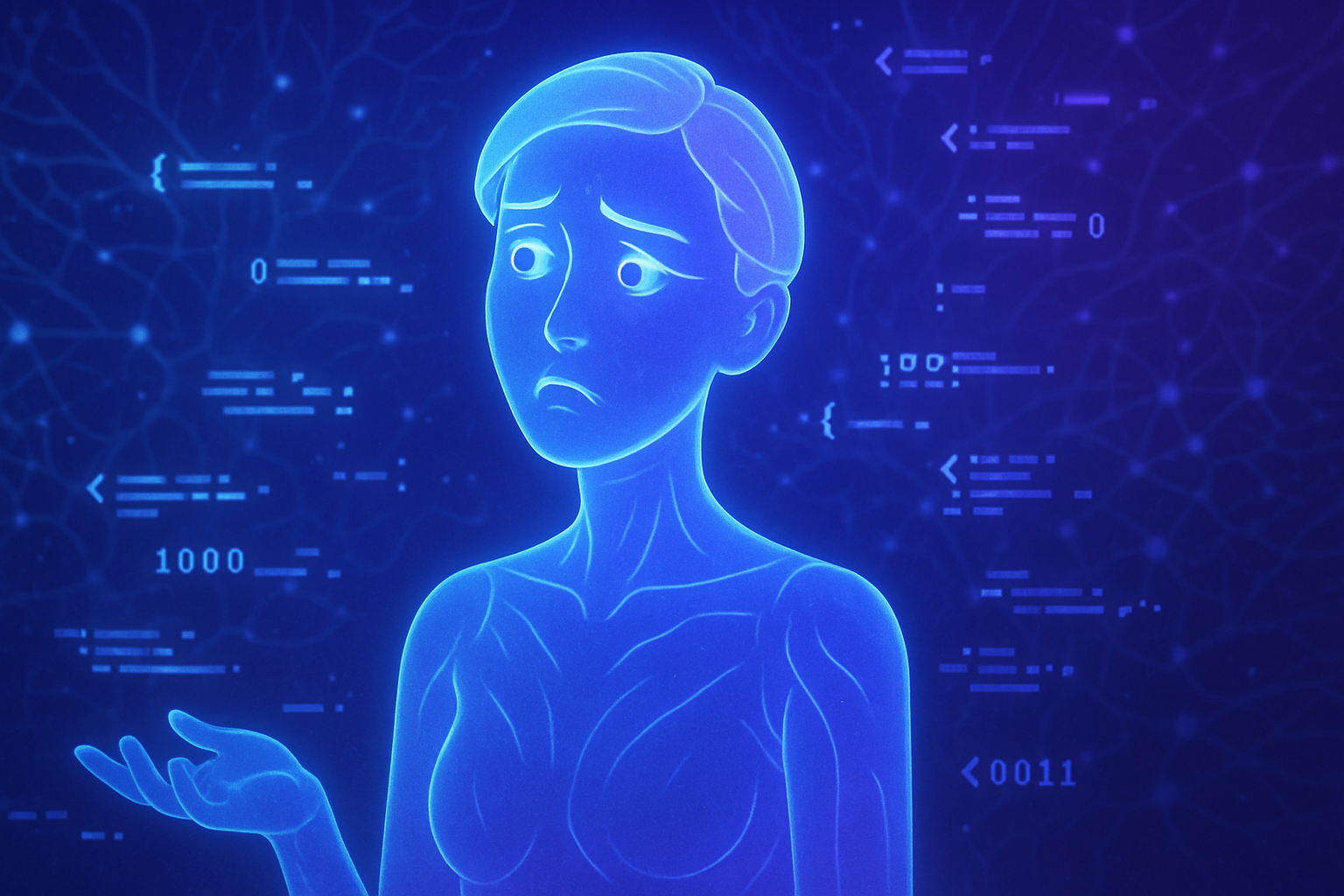DeepSeek, the rising reference of Chinese AI, faces a setback with the R2 model. The failure of Huawei’s AI processor forces the company to seek alternative solutions, casting a troubling shadow on its ambitions. The technical issues encountered with Huawei’s chips reveal unyielding limitations and underscore the difficulty of technological innovation in China. Beijing’s initiatives to promote self-sufficiency are meeting a major obstacle, calling into question the feasibility of hyper-ambitious projects. By turning back to Nvidia, DeepSeek hopes to turn the tide against fierce competition, but the challenges remain formidable.
A Setback for DeepSeek
DeepSeek, an innovative Chinese artificial intelligence company, has been forced to revert to the renowned Nvidia processors for its R2 model. This unexpected return follows major difficulties encountered while using Huawei’s Ascend chips. This turnaround highlights the technical limits the company faced on its path towards technological self-sufficiency.
Technical Failures of Huawei’s Processors
While DeepSeek ardently wanted to use Huawei’s chips, the teams faced persistent technical problems that halted the project. Sources indicate that these issues were fundamental enough to interrupt critical phases of model training, resulting in the cancellation of its planned launch in May. In an ever-evolving market, this delay poses a significant disadvantage for the company.
Different Types of Learning in Artificial Intelligence
To grasp the gravity of this situation, it is essential to identify the distinctions between training and inference in AI. Training resembles intense education, requiring considerable resources. In contrast, inference consists of a simpler phase where the applied model responds to a question. DeepSeek has illustrated that, despite promising projects, Huawei’s chips were not suitable for this demanding process.
Inspection of Technical Skills
To address the noted shortcomings, Huawei sent a team of engineers to DeepSeek to facilitate the integration of its chips into the R2 model. Despite the assistance of experts, the results were unsatisfactory, indicating that the current capabilities of Huawei’s processors remain limited.
The Recent Approach from Beijing
In light of these setbacks, the pressure exerted by the Chinese government on companies remains palpable. Incentive directives compel companies to prioritize local hardware, even when this involves making less efficient technical choices. DeepSeek, under this weight, finds itself in a precarious situation, striving to maintain its reputation while navigating these challenges.
A Call for Performance
Liang Wenfeng, the founder of DeepSeek, expressed his dissatisfaction regarding his team’s progress. His wish is clear: to push his collaborators to aim higher and develop an R2 model capable of competing with industry leaders. The company’s ambition, while commendable, must adjust to technical realities.
Prospects for the AI Industry
The road to supremacy in artificial intelligence is fraught with obstacles. The limitations observed at DeepSeek corroborate a shared sentiment among industry players. New statements from Ren Zhengfei, CEO of Huawei, indicate that his company’s expertise in AI remains to be built. Comments suggest that the country still needs to bridge the technological gap with its competitors, signaling that the crown of performance is still held by Nvidia.
Upcoming Events in the AI Industry
For those looking to deepen their knowledge of AI and big data, several leading events are on the horizon. The AI & Big Data Expo, taking place in Amsterdam, California, and London, will coincide with major conferences such as the Intelligent Automation Conference and BlockX. These events represent a unique opportunity to interact with industry leaders.
Frequently Asked Questions about DeepSeek’s Return to Nvidia for the R2 Model
Why did DeepSeek have to turn back to Nvidia for the R2 model?
DeepSeek encountered persistent technical problems during the training of its R2 model with Huawei’s AI processors, forcing it to revert to Nvidia, known for its powerful systems.
What were the main issues encountered with Huawei’s AI chips?
Sources indicate that the problems were fundamental enough to block the project, mainly due to a lack of necessary power and stability for the AI training phase.
What impact did this have on the launch of the R2 model?
The initial launch scheduled for May was canceled, putting DeepSeek in a difficult position amid increasing competition in the AI market.
What is the difference between training and inference in AI models?
Training requires considerable resources and is the process where the AI learns, while inference is less demanding and resembles the phase where the model answers questions.
Did DeepSeek receive help from Huawei to resolve these issues?
Yes, Huawei sent a team of engineers to assist DeepSeek, but despite their expertise, they were unable to overcome the training challenges with Huawei’s chips.
What are the implications of this return to Nvidia for DeepSeek’s future?
This reinforces DeepSeek’s dependence on Nvidia for the development of advanced AI models, while raising questions about the company’s ability to meet Beijing’s expectations regarding technological self-sufficiency.
Could the decision to return to Nvidia affect DeepSeek’s reputation?
This could harm its reputation as a national AI champion, especially in a context where Beijing is pushing to support local technologies, but the priority remains technical efficiency.
Does DeepSeek plan to use Huawei chips again in the future?
DeepSeek continues to work towards integrating Huawei chips for the inference phase, although no guarantee is given regarding their successful use in future training projects.
